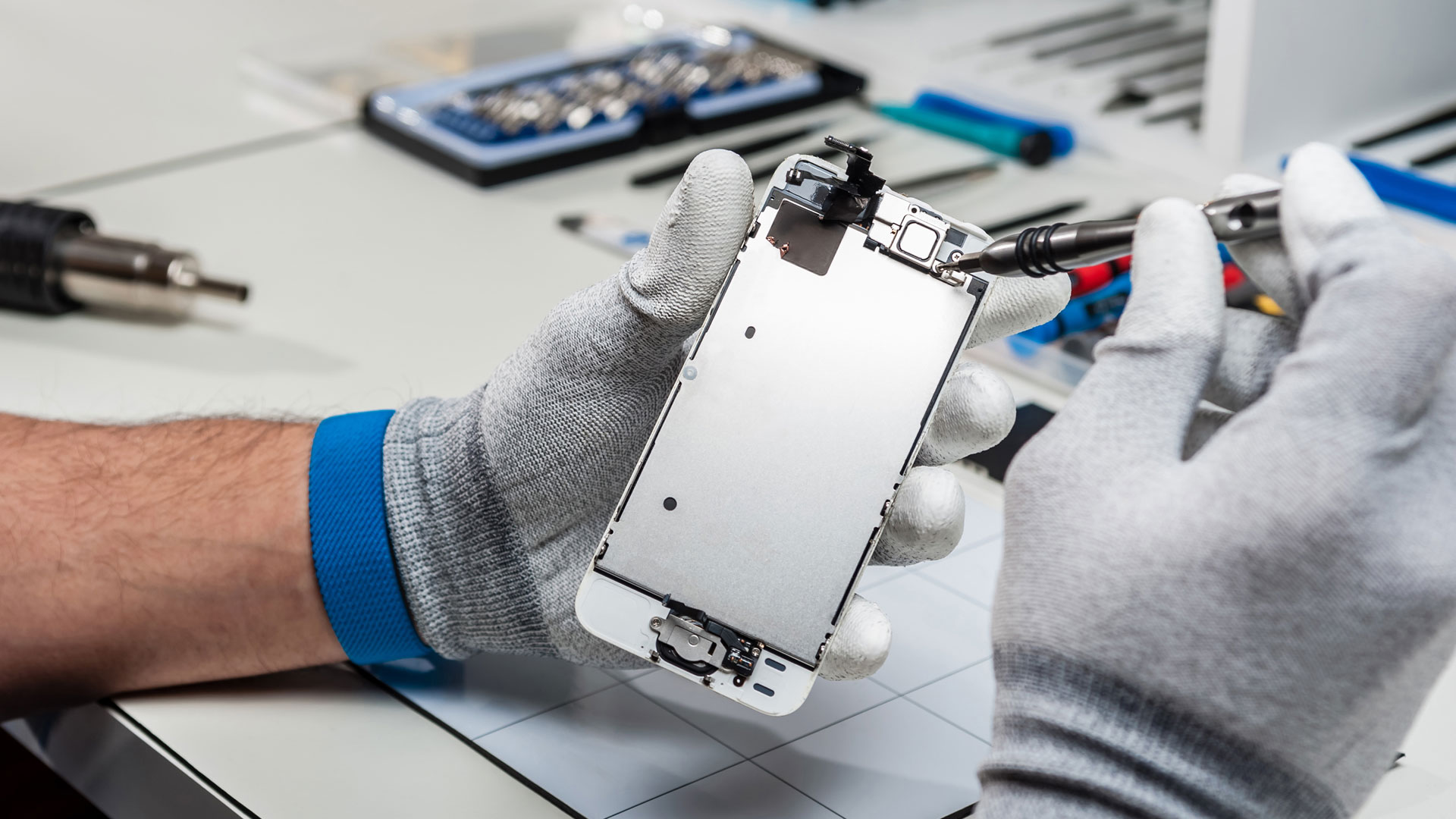3 Action Guide to Choosing the Right Catastrophe Recovery Solution
Whether it's a ransomware attack, a natural disaster, or corruption of a consumer's database, you want to ensure that your business's IT system can recuperate. Having a company connection and catastrophe healing (BCDR) strategy is necessary. There are a plethora of BCDR services (on-premise, hybrid, or cloud-based), and it's crucial to pick the very managed services brisbane best one for your service needs. Here's what you should be looking out for when assessing your next BCDR option.
Find the Right Business Continuity/Disaster Recovery Solution in 3 Steps:
1. Assess BCDR and DRaaS Solutions
One of the most significant factors when selecting a BCDR solution is identifying whether you'll outsource support or handle it internally. If you intend on contracting out help, you'll need to partner with a managed services provider (MSP) that excels in continuity and compliance services. Considering that many BCDR options combine cloud, software, and hardware components - you'll require a procedure to support your virtual properties, regional servers and desktops. BCDR hardware has a number of functions including:
Hosting BCDR software application
Transmitting server images to the cloud for disaster recovery
Storing regional copies of backup server images for regular restores
Performing as the primary server during a failover, allowing organization to continue throughout repairBCDR software application is utilized to automate and manage backup and healing processes. After a preliminary complete server backup, BCDR software application takes incremental pictures to create "healing points" or point-in-time server images. Healing points are used to restore the state of a server or workstation to a specific moment (prior to it failed or data was damaged).
2. Look For BCDR Cloud Options
The best BCDR options have a cloud backup as well as a healing element. This is because the cloud serves 2 purposes in a BCDR option. The very first is to offer offsite storage space for server and workstation images utilized for restores. The second is to take control of important operations when a failover takes place.
Backups can be kept in your area - on a home appliance or backup server in your data center - or from another location, in the cloud. For BCDR, it's finest to keep copies of your backups in both places. To put it simply, if it's not possible to bring back a system in your area, you can failover to the cloud. Your service must resolve a range of data repair scenarios, varying from bring back a few lost files to recovering from a complete server failure or the damage of numerous servers and PCs. Bring back from regional backups is faster, while the option of failing over to the cloud gives you supreme defense versus worst-case situations.
3. Address Security and Compliance Frameworks
A BCDR needs to attend to ransomware detection, point-in-time rollback capabilities, and information immutability. It's essential to look for BCDR options that abide by Service Organization Control (SOC 1/ SSAE 16 and SOC 2 Type II) reporting standards and feature two-factor authentication. This can assist secure your data and reduce the need for manual intervention. If you wish to find out how to keep your company healthy and protected, connect to us for a free IT assessment.

